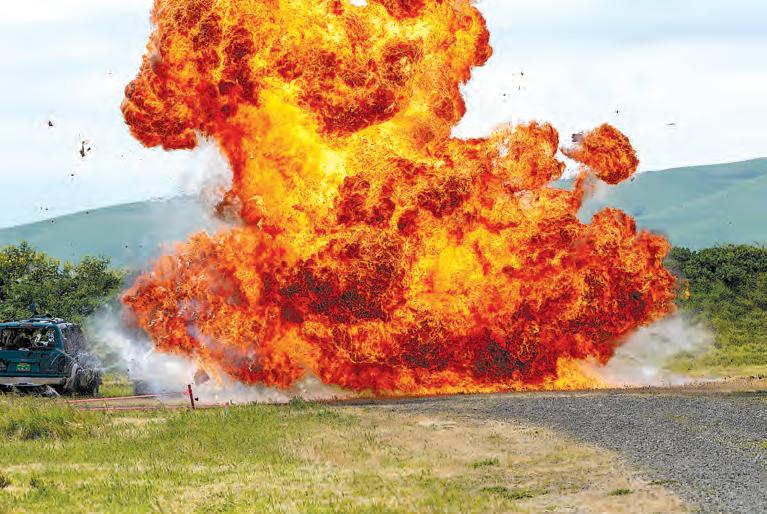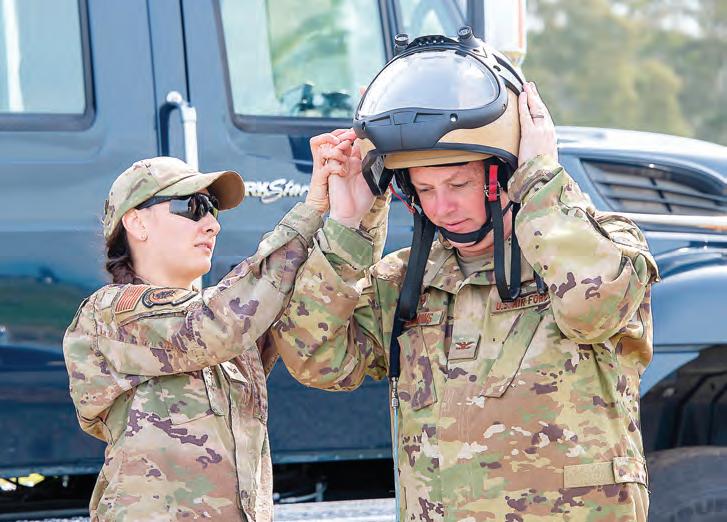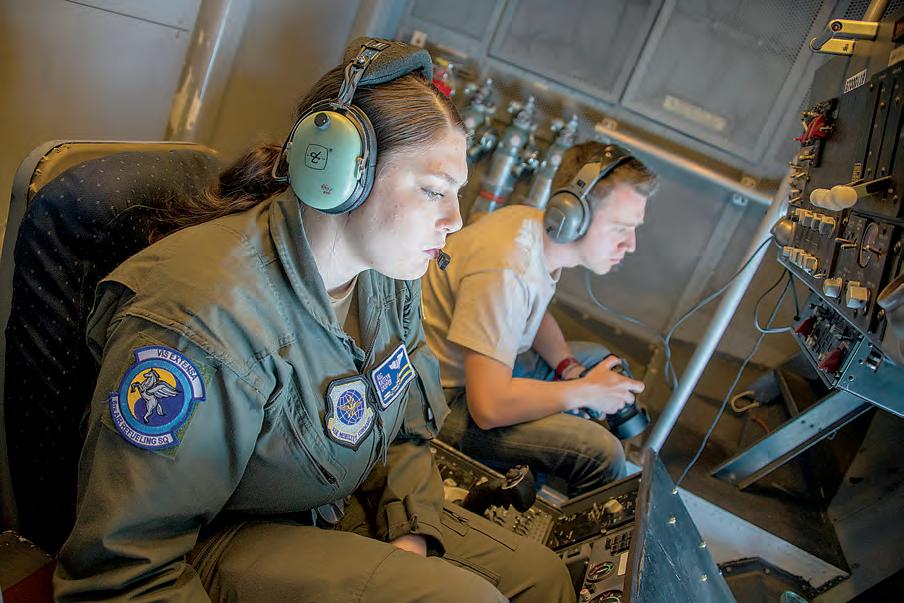
2 minute read
Cover story
All-female KC-10 crew takes flight in honor of Women’s History Month
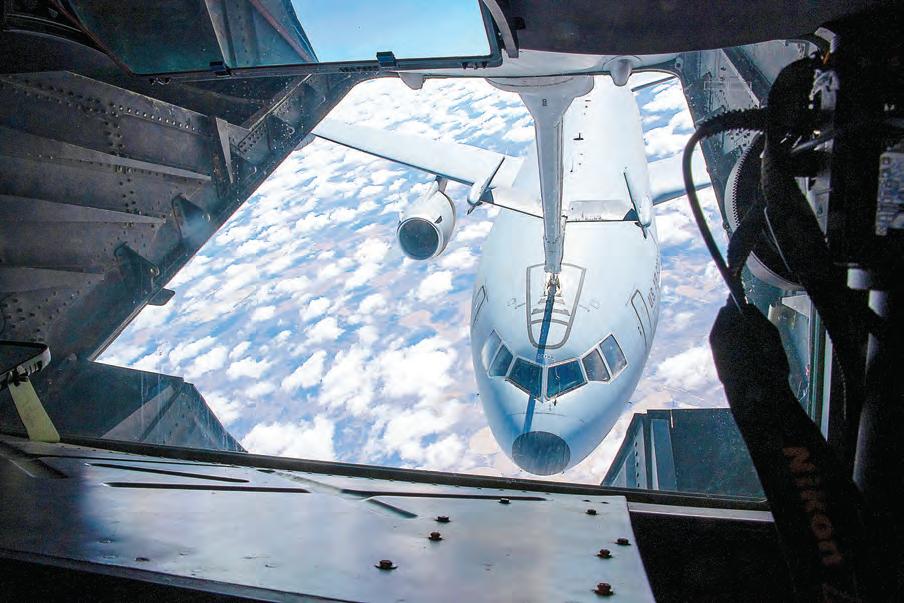
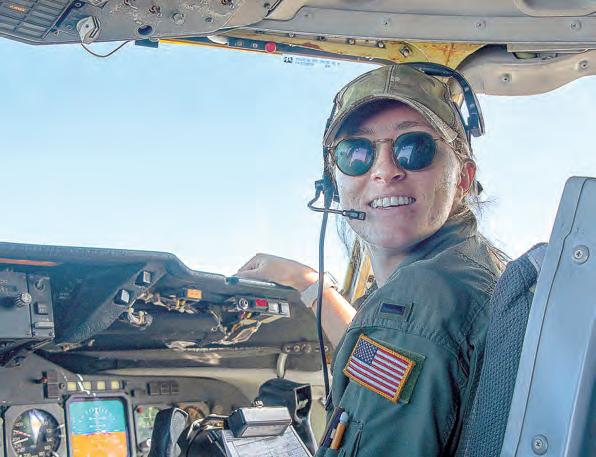
Heide Couch/U.S. Air Force photos
ABOVE LEFT: U.S. Air Force Airman 1st Class Kaitlyn Casper, left, 6th Air Refueling Squadron in-flight refueling specialist, waits for an approaching aircraft to maneuver into position to be refueled while aviation photojournalist Matthew Mansell, was on board documenting the operation during the Women’s History Month heritage flight at Travis Air Force Base, March 22. The remarkable ability of aircraft to be refueled while still in flight depends on the skills of in-flight refueling personnel, more commonly known as boom operators. In honor of Women’s History Month, an allfemale KC-10 flight crew from the 60th and 349th Air Mobility Wings flew on an aerial refueling training mission over California and Oregon. ABOVE RIGHT: U.S. Air Force 1st Lt. Macy Miller, 6th Air Refueling Squadron KC-10 Extender pilot, communicates with the air crew during Women’s History Month heritage flight at Travis Air Force Base, California, March 22. LEFT: A U.S. Air Force KC-10 Extender is re-fueled by another tanker manned by an allfemale KC-10 flight crew assigned to the 60th and 349th Air Mobility Wings, Travis Air Force Base, in honor of Women’s History Month, March 22.
RIGHT: A U.S Air Force KC-10 Extenders conduct in-flight refueling maneuvers over a mountain range, March 22. The tankers were participating in an aerial refueling training mission over California and Oregon.


Heide Couch/U.S. Air Force photos
LEFT: U.S. Air Force Col. Melvin Maxwell, center, 60th Mission Group commander, is assisted by Senior Airman Serena Pedley, left, and SrA Steven Pedley, 60th Civil Engineer Squadron Explosive Ordnance Disposal journeymen, as he tries on an Explosive Ordnance Disposal blast suit during a visit to the EOD range at Travis Air Force Base, March 15. The personal protection equipment is a heavy suit of body armor designed to withstand the pressure generated by a bomb and any fragments the bomb may produce. Trained to detect, disarm and dispose of explosive threats in extreme environments, EOD technicians serve as the Air Force’s bomb squad. BOTTOM LEFT: Explosive Ordnance Disposal technicians set off a controlled explosion during a demonstration at Travis Air Force Base, March 15. BOTTOM RIGHT: U.S. Air Force Senior Airman Serena Pedley, left, 60th Civil Engineer Squadron Explosive Ordnance Disposal journeyman, assists Col. Corey Simmons, 60th Air Mobility Wing commander, as he tries on an EOD blast suit helmet during a visit to the EOD range at Travis Air Force Base, March 15. The helmet is designed to protect against the four main blast threats: overpressure, fragmentation, impact and heat.
Training with EOD, AF Bomb Squad
